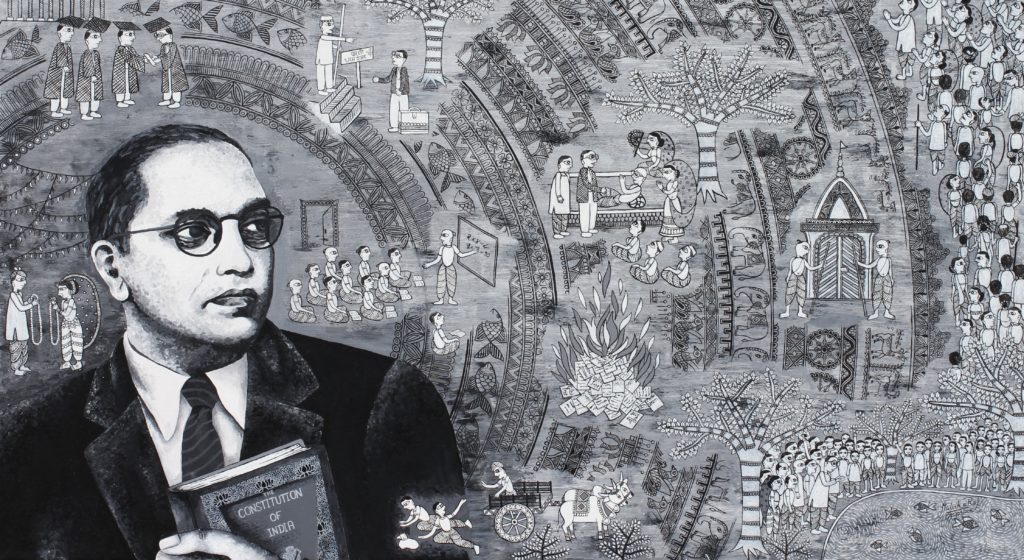
Anti-Caste Photo Exhibition in Germany – 12-13 April 2017, University of Goettingen
On occasion of the 126th Birth anniversary of Dr. B. R. Ambedkar, students and research fellows from the Centre for Modern Indian Studies at the University of Goettingen organised an anti-caste photo exhibition. This is the third time that such an exhibition has been organised in Goettingen. The exhibits displayed at the exhibition included key events, wide-ranging themes and brief information about important personalities in the history of the anti-caste movement in India. The exhibits displayed included paintings and cartoons made by Malvika Raj, Anil E.V and Unnamati Syama Sundar. In terms of key moments, the exhibits included Mahatma Ayyankali’s bullock cart movement in 1893 that asserted Dalits’ right to own a bullock cart and use the public streets; Kerala Dalit women’s revolt of 1915 against the caste norms prohibiting them from wearing ornaments made of gold and metal; the formation of Dalit Panthers organisation in the 1970s; Dr. Ambedkar led non-violent revolt for accessing water from the public tank and the burning of Manusmriti text in 1927, the historic conversion to Buddhism Ambedkar carried out along with lakhs of his anti-caste followers in 1956, and the submission of the constitution by Ambedkar to the constituent assembly in 1950.
Moving towards the present day issues, the exhibits included the issue of Dalit and Adivasi student suicide on university campuses, sexual violence against Dalit women, ban on beef-eating and the persistence of manual scavenging. Regarding anti-caste personalities, the exhibition displayed information on Savitribai and Jotirao Phule and their contribution for social emancipation, information on Dr. Ambedkar and especially the letter he wrote in German language to the Prussian Ministry of Science, Fine Arts and Public Education. Ambedkar studied Sanskrit for three months at Bonn University in 1923. There was also an exhibit on Ambedkar’s close associate from Bengal, Mahapran Jogendranath Mondal who played a crucial role in the organising the Dalits and giving a call for the unity of oppressed. The information on other anti-caste personalities included Fakhr-e-Qaum Abdul Qaiyum Ansari from eastern India who played an important role in the upliftment of the oppressed castes and communities and Kusuma Dharmanna from Andhra Pradesh who argued for the abolition of caste and untouchability along with ending the colonial domination. And, last but not the least, there was an exhibit of Pandit Iyothee Thass, a pioneer anti-caste personality from Tamil-speaking region, who identified caste based oppressed people as ancient Buddhists.
More than 500 students visited the exhibition and several visitors wrote their appreciation in German, English and Russian languages. The event was organised by Dr. Sumeet Mhaskar, Dr. Gajendran Ayyathurai, Nidhish Krishnakutty, Abdul Matin, Rupali Bansode and Chandra Bhanu with an active support from Dr. Karin Klenke and Matthew Fennessy.
Appreciation of the exhibition
Ich finde die Ausstellung sehr gut, es ist ein weitgehend unangesprochenes Thema[,] das[s] die Diskriminierung in Indien nicht nur Frauen sondern weitestgehend auch andere Gruppen & von anderen Strukturen herrührt.
I very much like the exhibition. It is a topic, which is not usually addressed, that discrimination in India not only affects women but also other groups as well, and that it is rooted in other structures.
- Ina, Master’s student in Political Science
Everyone who has been to India must have felt the crazy energy of this country. It is more surprising that within the Indian spirituality, for which the country is famous, the discrimination of caste would occur. The 19th century Russian system of serfdom is nothing compared to the caste-based discrimination. Dr. Ambedkar was the leader of a movement against this dark side of India, and the hope to overcome it. An interesting exhibition, which shows this aspect of Indian society for a broad audience.
- Pavel, Master’s in Indian Studies
This is an excellent exhibition showing the multi-faceted struggle against caste as a means of oppression. People in Germany would know more about this aspect of Indian society. Thanks for putting it up.
- Karin, Anthropologist
It’s an amazing exhibition, helps people to know about certain issues that we are not aware of. The photos and small texts make it easier to comprehend. Well done.
- Laura, Bachelor’s Student in Social Science
I appreciate the efforts of making the Indian anti-caste movement an internationally recognised issue. It is an important way to understand India and its diversity. Thank you.
- Martin, Bachelor’s Student in Social Science
Eine tolle, übersichtliche Ausstellung. Super, insgesamt!
An interesting, well-arranged exhibition. Great work, all-in-all!
- Jana, Historian
Sehr interessante Ausstellung. Die Cartoons veranschaulichen die Sachen nochmal in eine[r] andere[n] Weise und [stellen] die Kritik sehr gut dar.
A very interesting exhibition. The cartoons were quite illustrative and represent critique in a good way.
- Rya, Student of Medicine
Eine sehr übersichtliche und gut zu verstehende Ausstellung, die auch für Außenstehende verständlich ist. Gut zusammengefasste Texte und Karikaturen, die klarstellen wie Dalits [etc.] immer noch behandelt werden.
A very well-arranged exhibition, which is also easily comprehensible for outsiders. The well-written summaries and cartoons show how Dalits and others are still being treated.
- Anna, Master’s Student in Indian studies.
Exhibits at the Anti-Caste Photo Exhibition in Germany at the University of Goettingen (Please click to enlarge)
Few photos of the visitors at the Anti-Caste Photo Exhibition in Germany










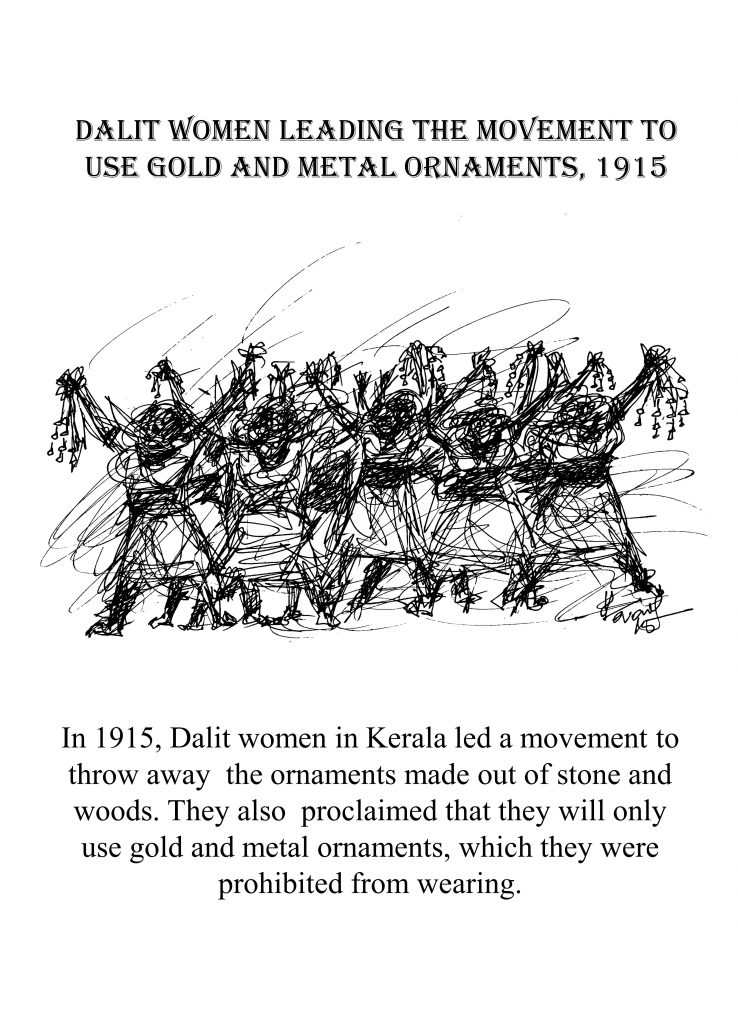
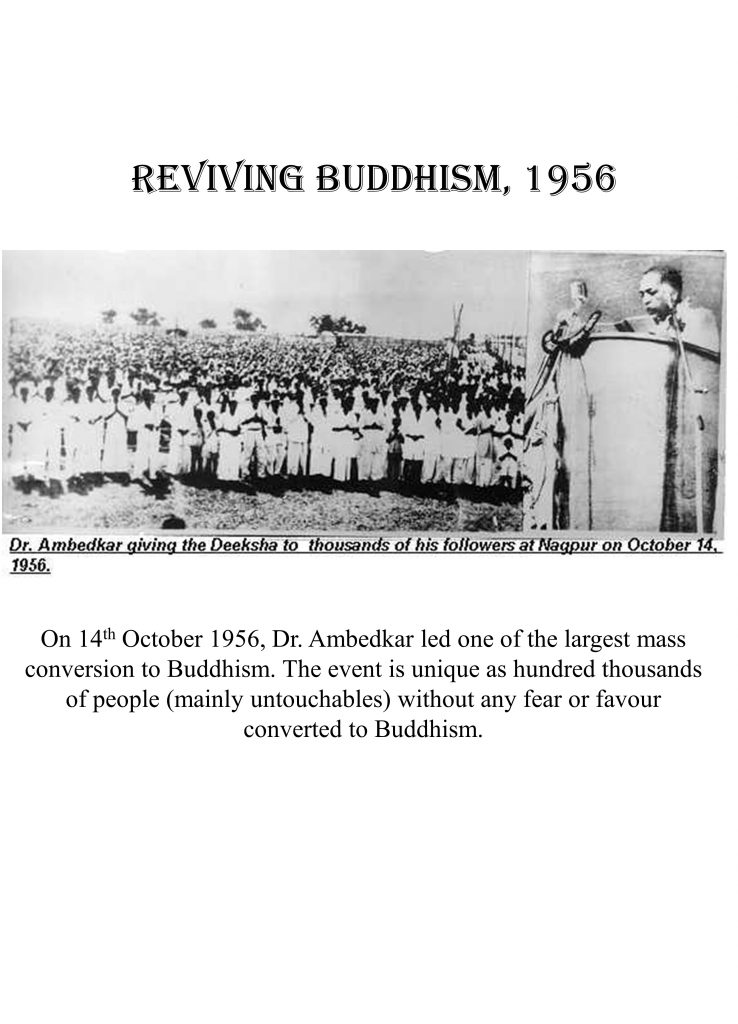
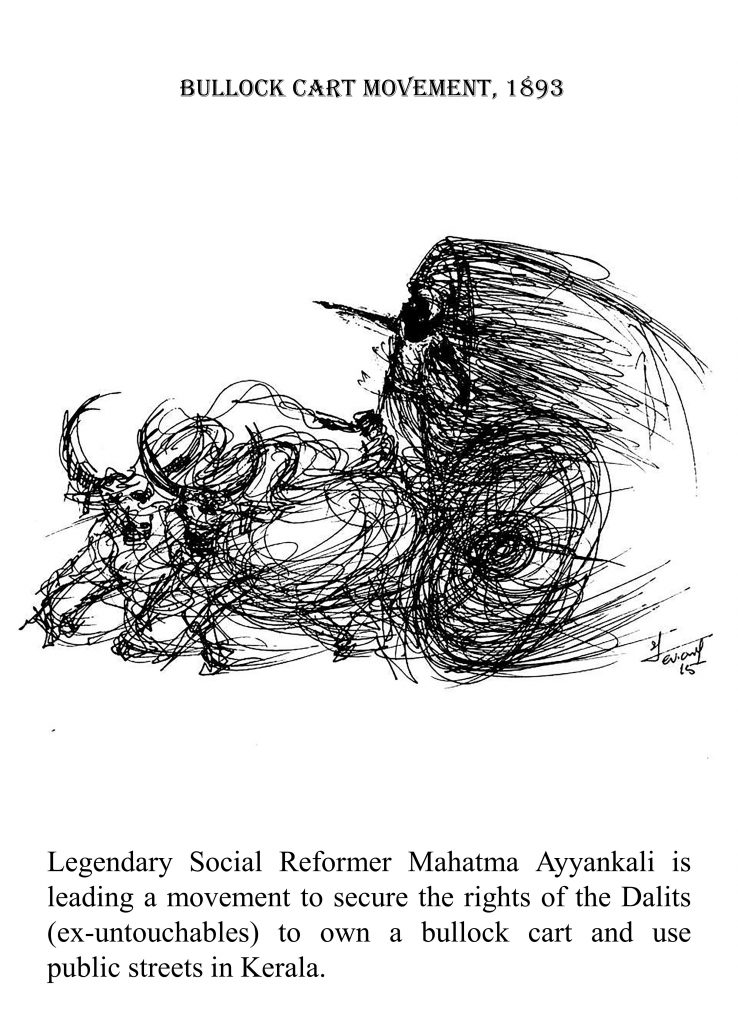

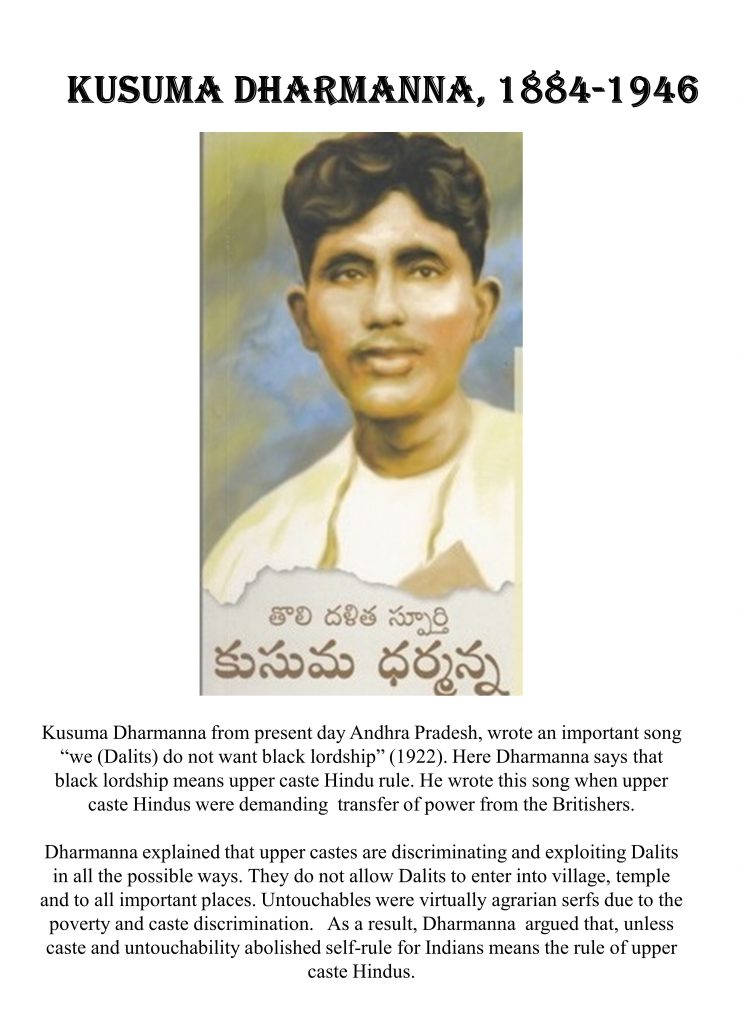
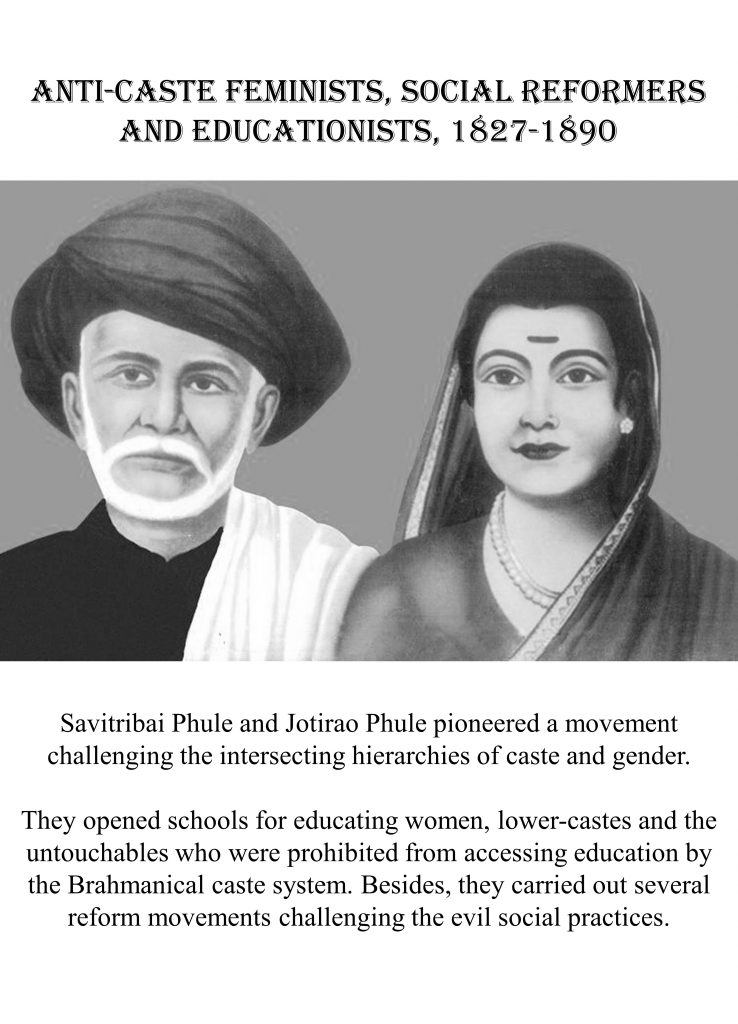
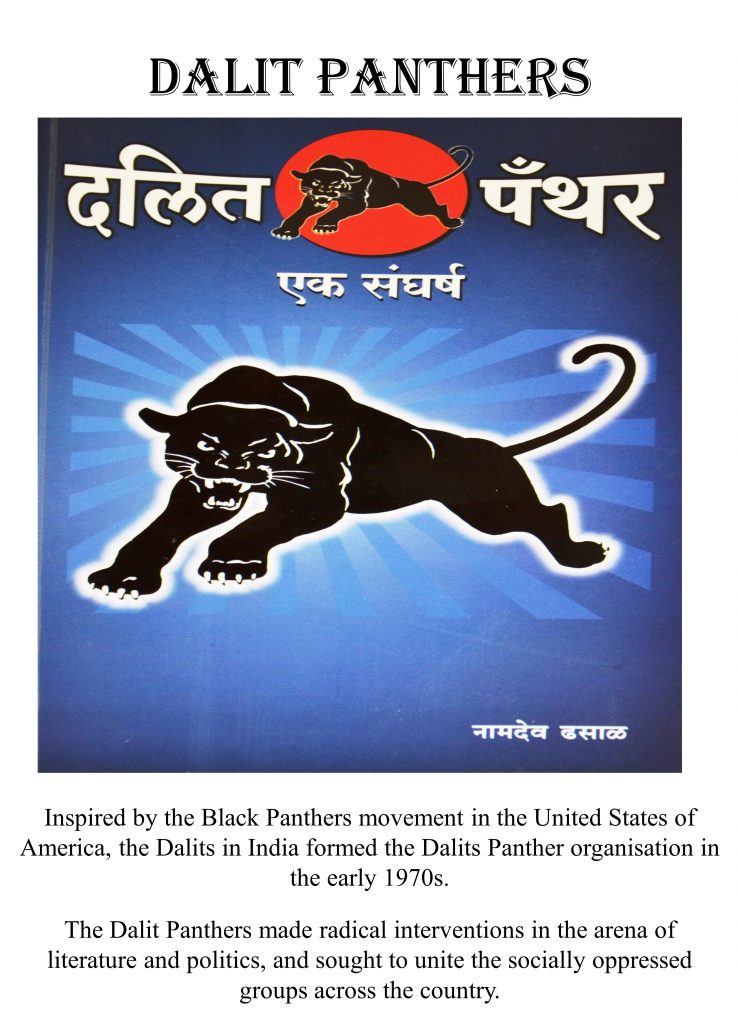
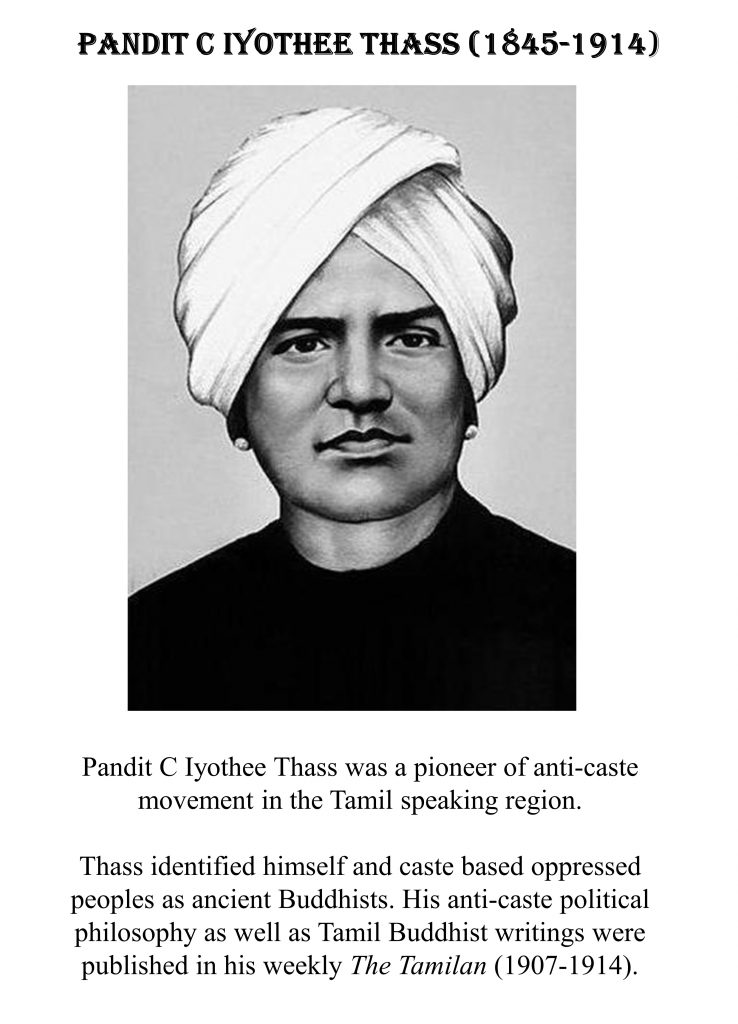
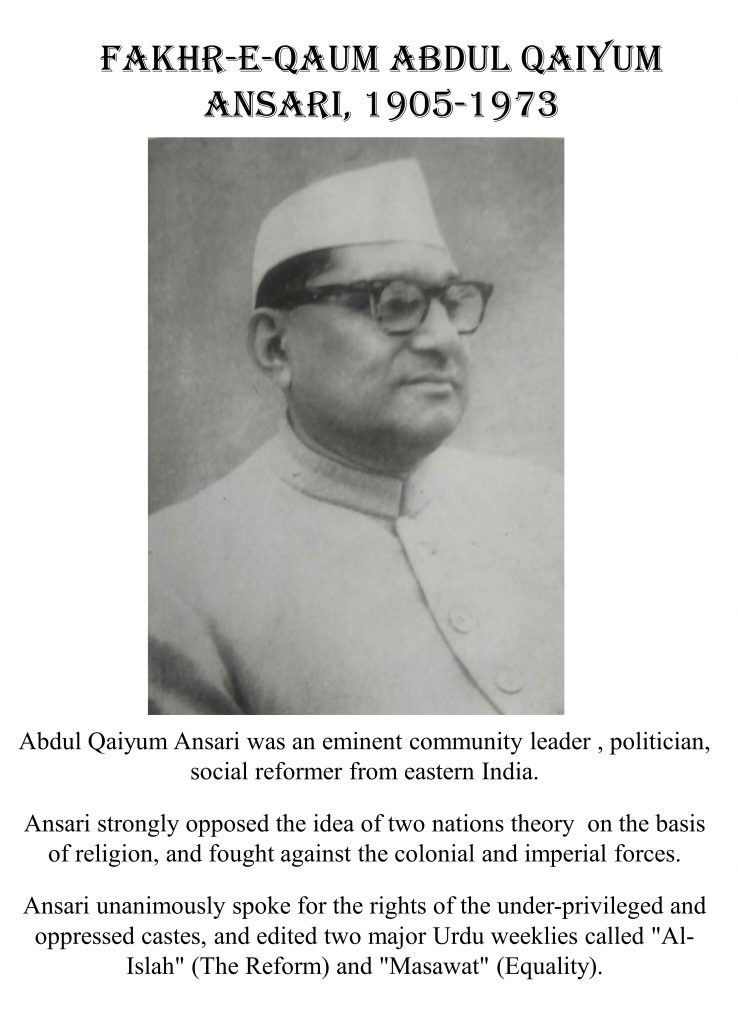
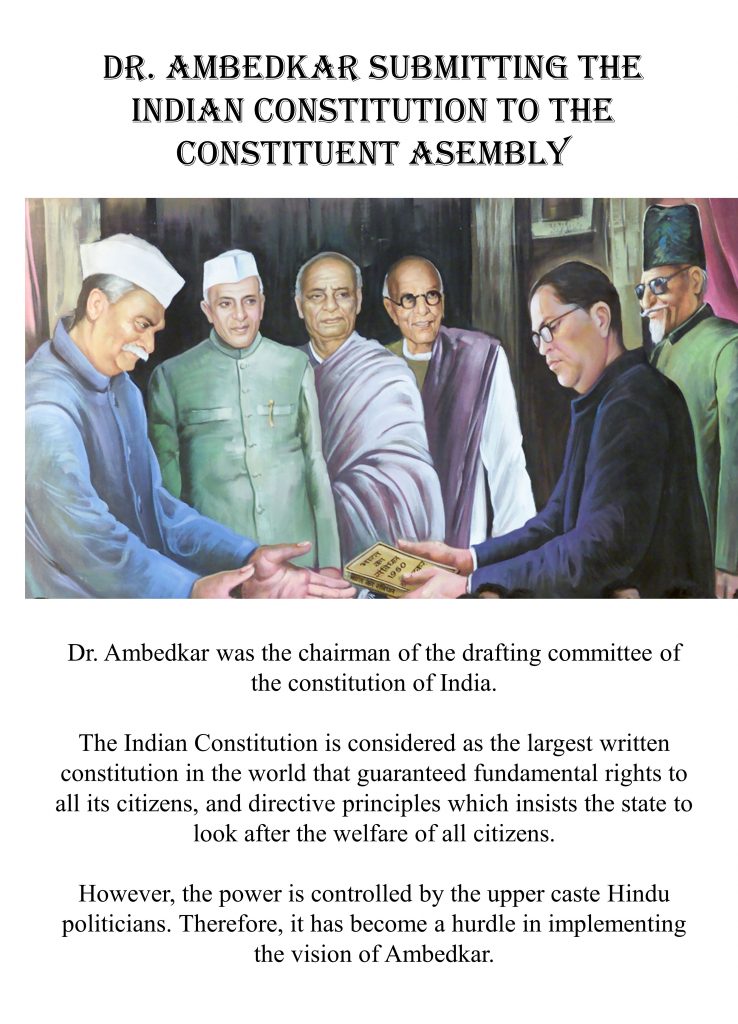
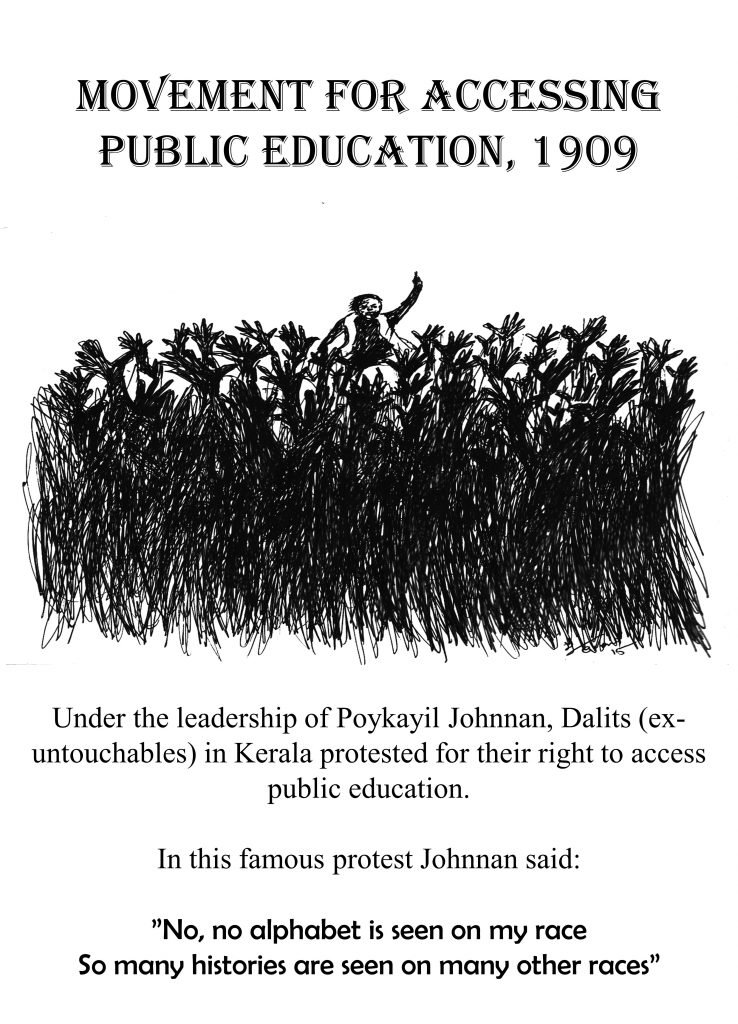
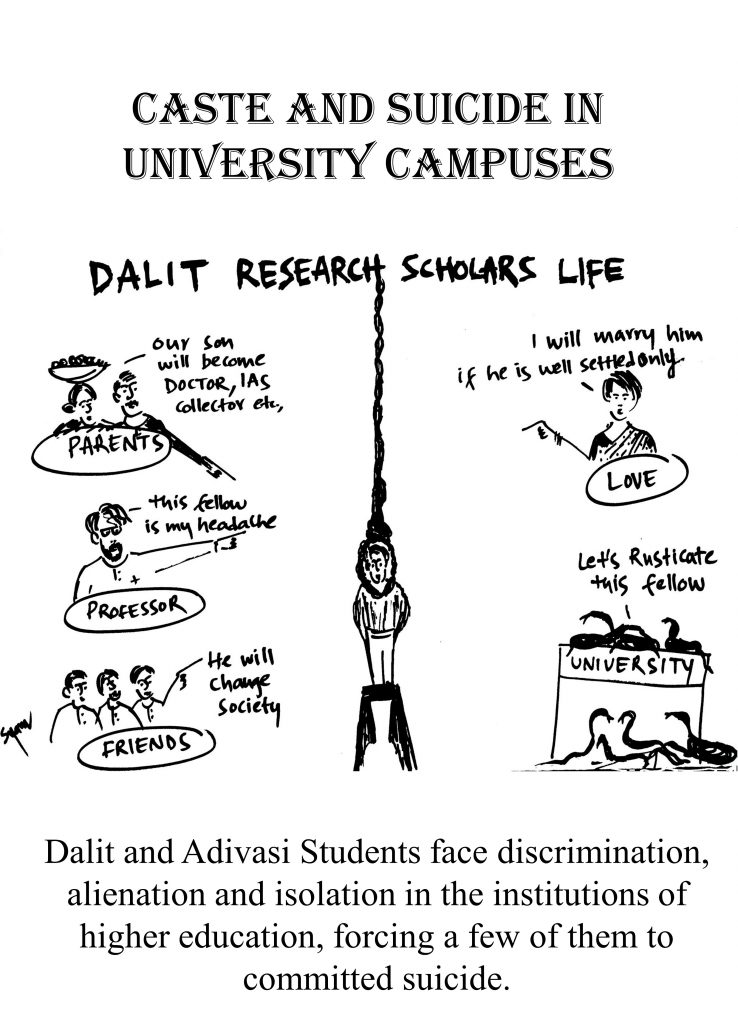
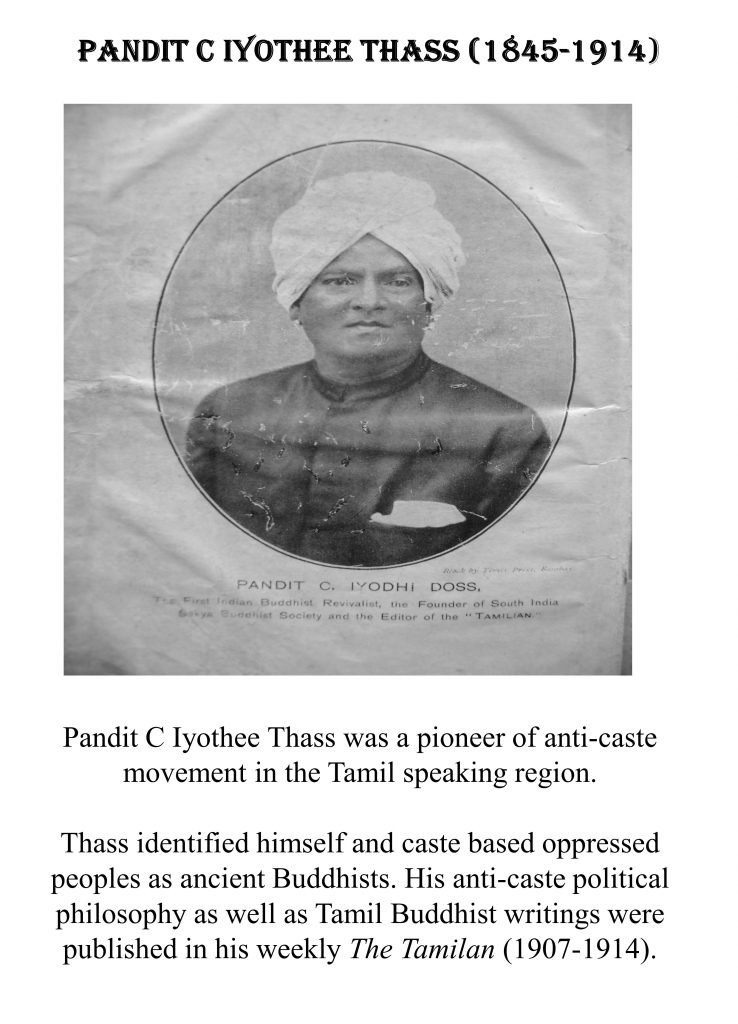
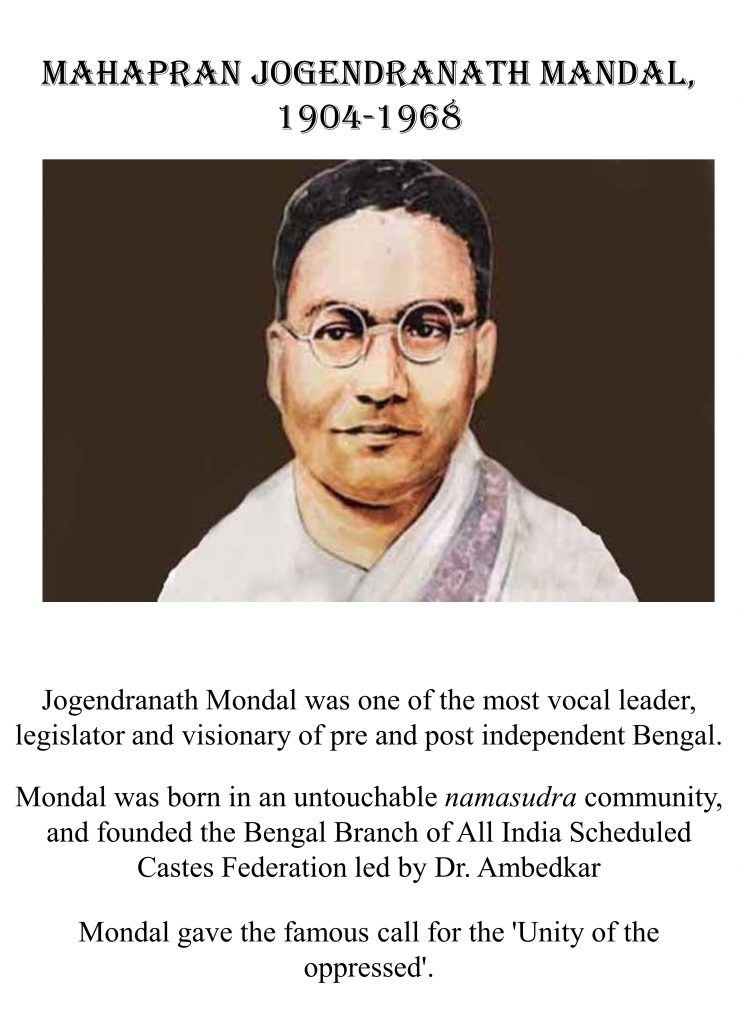
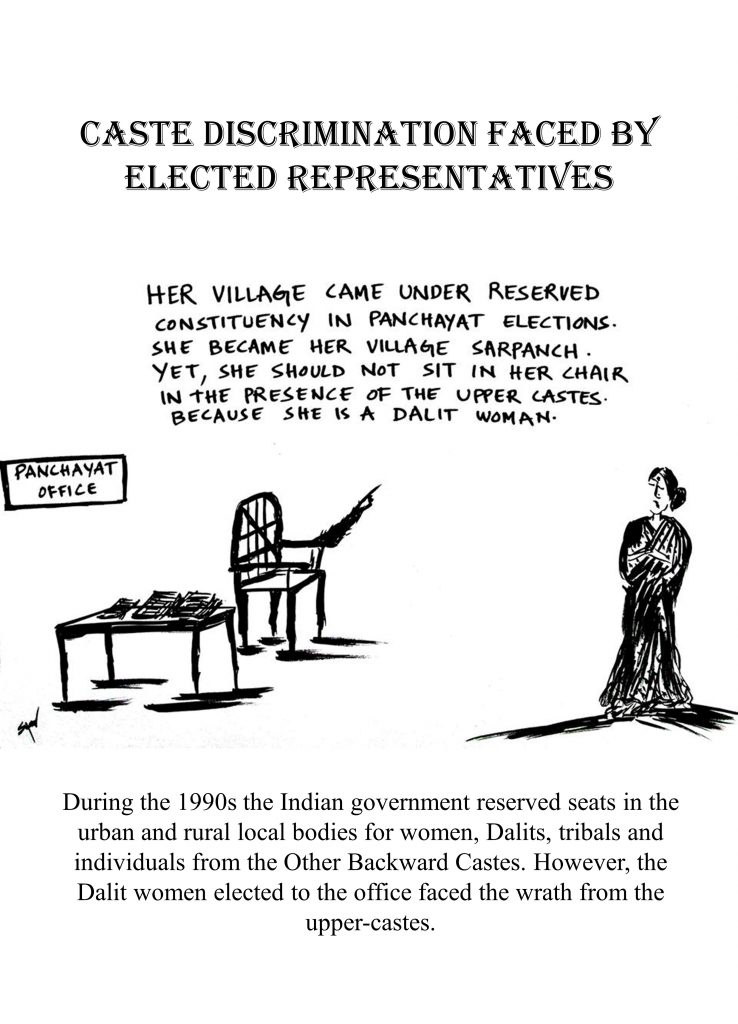
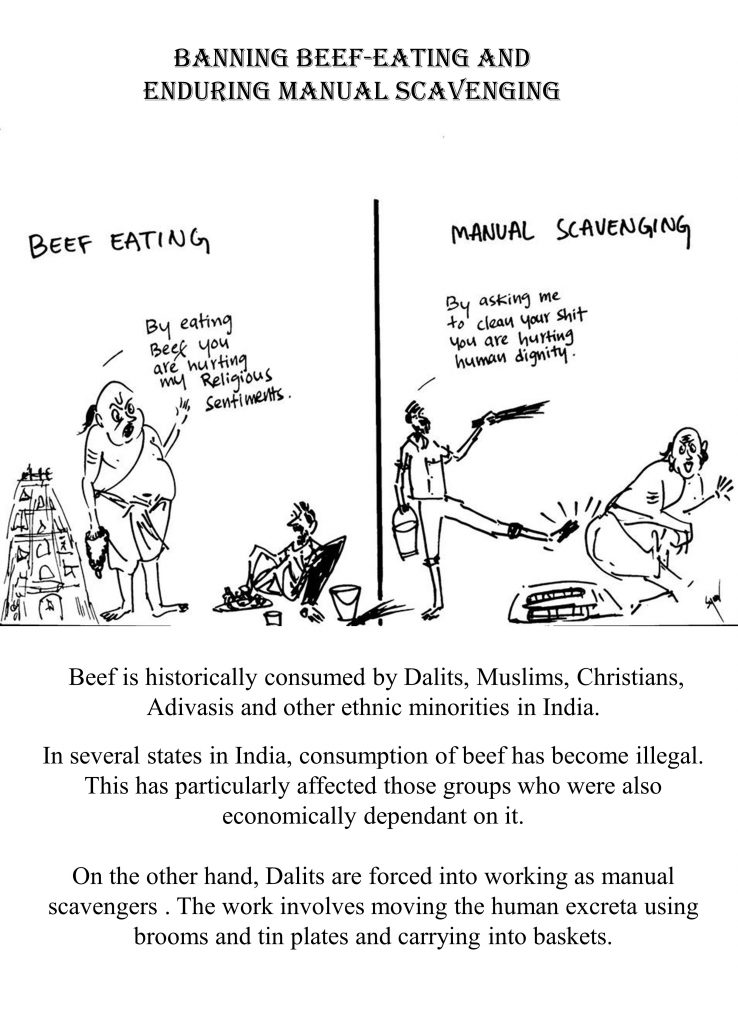
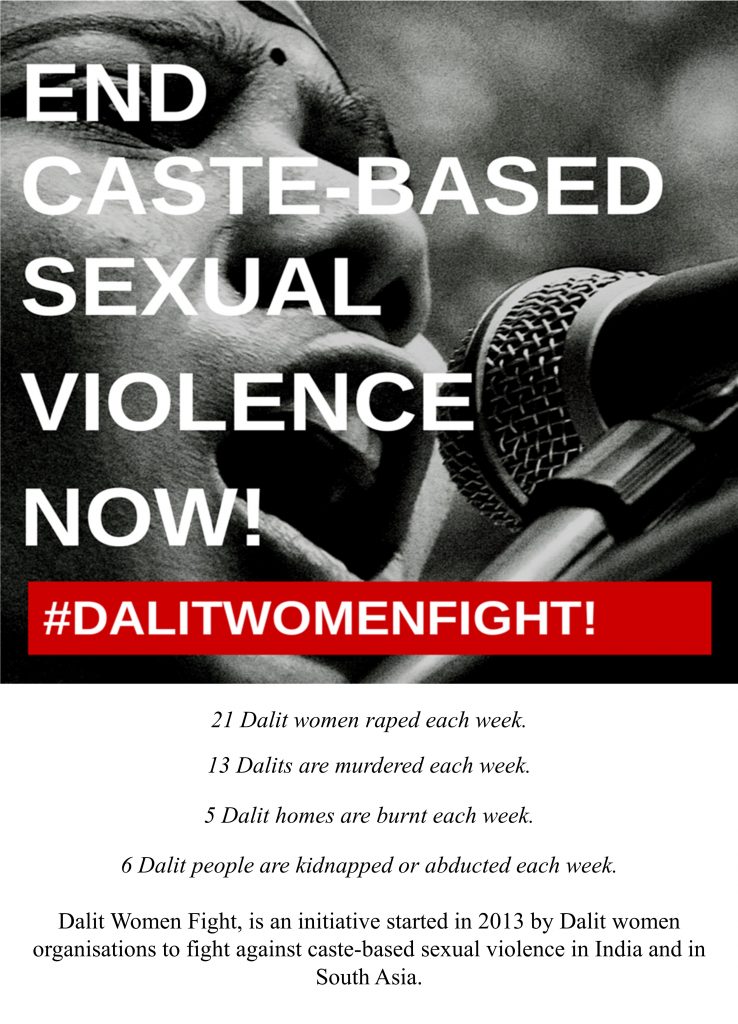
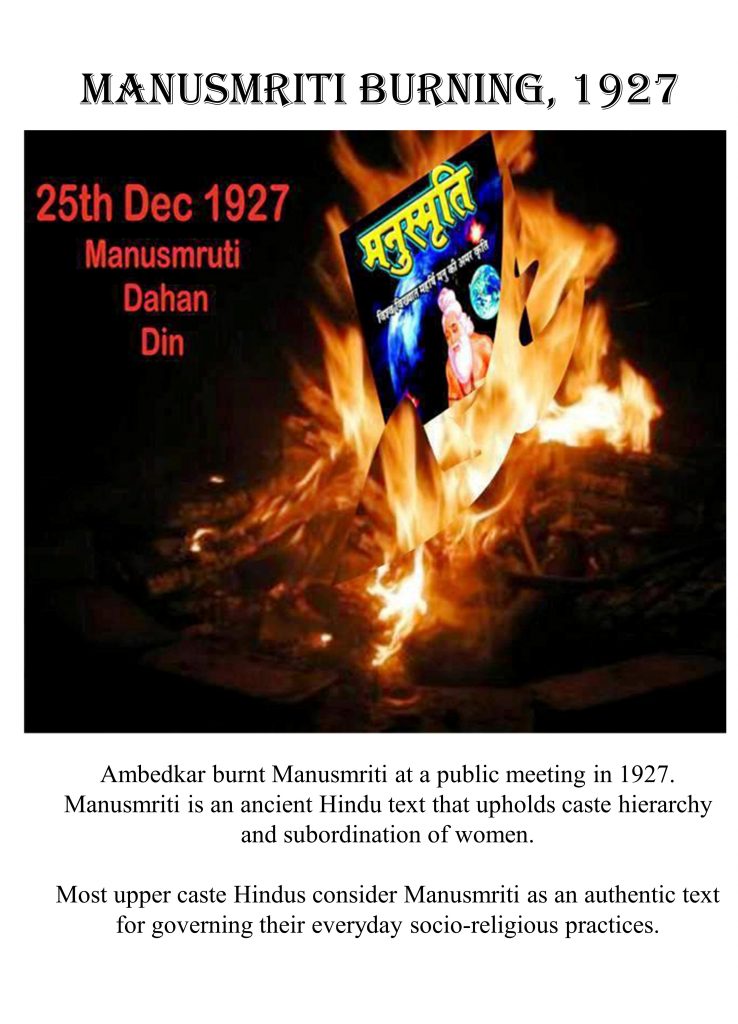

+ There are no comments
Add yours